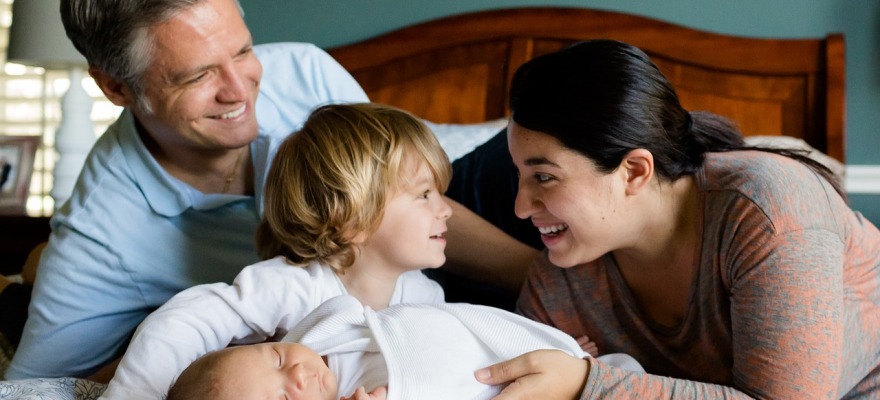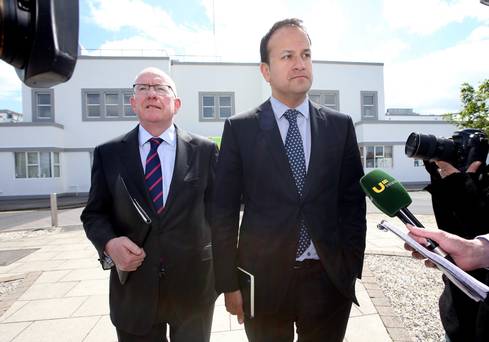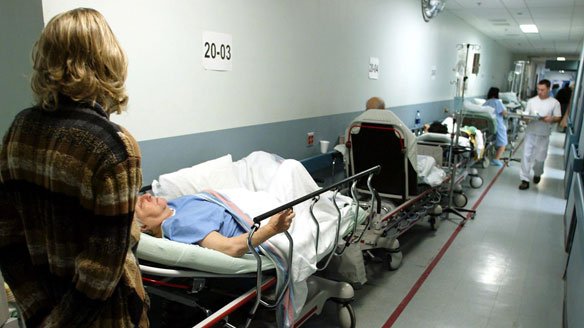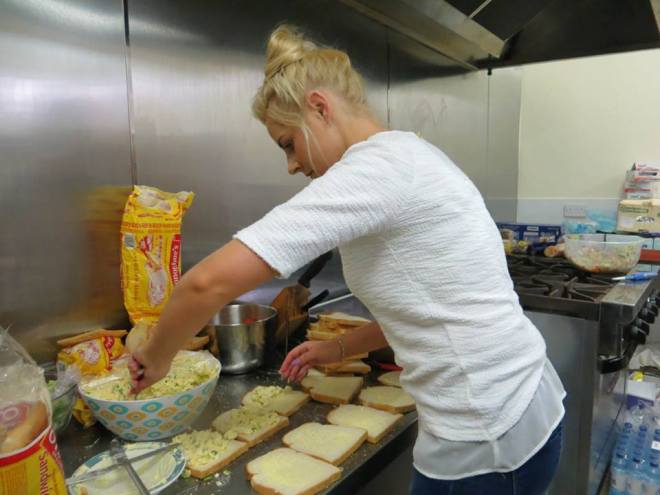Many of us will have spent time today thinking about the senseless, violent killing yesterday of Ashling Murphy in Tullamore, a recent teaching graduate with a life full of potential ahead. Ashling was doing nothing out of the ordinary. She was out for a run in broad daylight in a busy area after a day’s teaching, when she was set upon and violently murdered by an older man. Today, life has changed horribly and irrevocably for her family, friends and her little pupils. The thoughts of a nation are with them all, we hold their hurt and trauma in our hearts.
What can we do to make sense of it all? Not much. Some of us write, to express the anger and the bewilderment and the fear. None of us have the answers, but most of us don’t want to see this happening again, despite the sense of inevitability. If you are a man, this will probably be an uncomfortable and unpleasant read. But please read it, and sit with it, and most of all, do not take it personally.
Most men I know are obviously appalled and shocked today, because most men I know are decent and kind humans. And I hope you can understand why women are so angry and upset today, and more importantly why we are now looking towards men to think about what you can do to help effect change.
Social media is awash, today. Many of us are sharing content – our fears, our frustrations, our own lived experiences, our anger, that something like this could happen. Because while incidents like this are rare, they represent everything that every woman I know has been brought up to fear and to avoid. The fear that a stranger, a man, will encounter us alone, and hurt us, and kill us. The reality of male violence against women in general is somewhat different, and this incident stands out because of its apparently random nature. As women, we are horrified because these types of incidents are so rare and unusual, and they make us feel very vulnerable and exposed. Even more so, because Ashling was doing all the “right” things – she was not out alone late at night, “putting herself in danger”, we feel helpless against what is a very real threat to our safety.
Women’s Aid has kept a record, and they report that 244 women have been killed in Ireland by men since 1996. 13 per cent of these killings were perpetrated by a person not known to the victim. 87 per cent of the resolved cases were perpetrated by someone the victim already knew, often an intimate partner or ex-partner. Children have died alongside those women. This was not a random incident; it is part of an established pattern.
When will it end? When will we feel safe? When will men stop killing us?
The answer to this, sadly, is when men start listening, understanding, and taking action. Women have been doing it for long enough, and it is time for you to step up, stand alongside us and hold other men to account.
It is no longer enough to wring your hands, to say “we must do better”, that these things cannot be allowed to happen, to rage against the justice system. (No amount of jail time or punishment will suffice to right this wrong.) It is in your power to make a difference, by listening to and amplifying the women who are speaking up today and always among your peers, and to become more vocal about the everyday behaviours that contribute to male violence against women. You could start today by showing some solidarity and sharing some of those uncomfortable truths on your own social media.
To the men already bristling while reading this – please, stop. Today is not a day for “not all men”. It is not a day for whataboutery. Today is not a day for women to be worrying about men’s sensitivities or hurt feelings. Every woman is well aware that “not all men” are violent or are killers. We have families. We have male partners, We have male children. We have male friends. We love all of these very much. We know that men are victims of violence and violent deaths too, and we know that in the majority of cases, these incidents are perpetrated by other men, and where they are not, that needs to be talked about too – elswhere. The problem is that while it is not all men, it could be any man. And we have no way of knowing who. So women will forever need to carry our wariness close to our chests and in the back of our throats as we go about our daily lives, just like Ashling was doing. That will likely never change.
But there are things that can change.
Women do not need to be told to stop running in public spaces and to retreat indoors. We do not need to be urged to carry personal alarms, especially not by other women. We do not need to be frightened or restricted any further. The debate is no longer about women’s safety, it is about men’s violence, and that violence needs to be named in every newspaper headline, without passive language. Murders don’t happen, they are committed. If patterns of violence against women going to change, it is men who can- and who should – step up and support women in developing a safer society. There are lots of things you can do, but the first thing men can do is start listening.
It sounds obvious, but I mean, really listen, without an “I’d never do that” caveat or the urge to respond defensively and defend all the other poor men. Put yourselves in our shoes. Imagine, just for one day, what it must be like to have a default setting of caution. Always being aware of who is walking behind or alongside you. Feeling nervous approaching or being followed by men while out on a walk, lest they say something to you, or worse. Holding your keys in your hand walking home. Texting your friend with the taxi driver’s details or making that “I’m on the way home call”. Have you ever had to do that? Avoiding groping hands in bars and nightclubs. Weighing up the safety of your running route against the time of day. Wearing earphones with the sound off. Shrinking from catcalls on the street (it’s not the compliment you think it is, from a stranger). If it sounds exhausting, that’s because it is. This is our reality; our default. Try to really imagine what it is like to carry that load all the time, to have to live in a restricted world not just in pandemic times, but all the time. And think about the practical and often small things you might be able to do to lift the load as you go about your own day.
In the context of a violent crime like this, men should also try to see to women as people in their own right. We do get it, but you don’t need to refer to how you’d feel if your own other/sister/daughter was a victim, in order to feel our anger or hurt or empathy. Are we not worthy of that outrage in our own right as people, regardless of our relationships to men?
There are so many other things to say about the complex nature of the misogyny that leads to violence against women, and how misogyny is a spectrum, a wide church. The small, seemingly innocuous and sexist comments all form an environment in which damaging attitudes flourish, even in humour or “banter” (was there ever a more hateful word?). The double standards we apply to men and women are a contributing factor; the way we view women as sexual beings versus men needs to change immediately (and women need to be better here too). It does not matter how a woman dresses, it does not matter how she behaves, it does not matter few or how many sexual partners she has. Women are as entitled to express and enjoy their sexuality as men are and have since time immemorial, without being judged or labelled or looked down on, or having intimate imagery shared without their consent. Two words that need to be binned immediately are “slut” and “lady”, and the practice of slut-shaming has no place in any civilised society. Neither has most modern-day pornography, which is so far removed from the realities of modern-day sex that it is warping the expectations and perceptions of young people of both sexes, of themselves, each other and their roles, influencing how they navigate their intimate relationships and putting them both under damaging pressure.
Long before men become men and women become women, we can, as adults, shape the narrative. We can teach our children as they grow up that women do not have to wear pink and be princesses, that they they can wear blue and play with “boy’s toys”. We can teach our young men that it’s fine to show to wear pink or to play with dolls (they are all just “toys”, right?). We need to let our boys cry and talk about their feelings, and cut out the machismo, because everyone deserves that support and empathy and everyone needs to know that real strength means being comfortable with showing vulnerability.
Above all, we can teach boys and girls about consent and about boundaries. No means no. We can tell our girls that it’s fine to say no at any time, to anyone, and not just when it comes to being touched. We can make sure our boys understand that when a girl says no, they need to listen, and they do not need to try to change her mind. There are plenty of grown men who also need to know that when a woman says no – in any context – that the only thing to do is accept it and move on.
Speaking of grown men, women know what goes on in the WhatsApp groups and men-only spaces. We know how you talk about women, we know what you’re sharing, because there’ll always be one man who’ll spin the beans or share a screenshot. Presumably because he knows that the lads’ talk has gone that little bit too far. You already know where the line is in your own hearts. It’s perfectly okay to call someone out if they go too far or share something they shouldn’t, and your mates will ultimately respect you for it. Both men and women objectify each other, but think about the power dynamic and the potential for harm that exists, and you might see it differently. This type of discourse is the foundation upon which these incidents are built. Do better.
In the workplace, in the community, wherever it might be, if a women is speaking, please do not speak over her. Let her talk. Do not then claim your ideas as your own at a later stage. Support the women in your life who express a desire to run for public office because by god, women need to have our stories told and our perspectives represented at the decision-making tables.
A last note on the murder of Ashling Murphy. The nationality of the man who killed her is irrelevant, and this is not an immigration issue. None of us have to look too far to find Irish murderers. No-one needs to use the murder of a young women to justify their own racism. Just stop.
This week a community, a country is in mourning for the loss of a young woman. Snapshots of Ashling’s life – her career, her talents, her hobbies, her smiling face – are emerging in the media. Like so many women before her of different backgrounds, talents and personalities. As a society we have all been robbed of their potential, in its place grief, disbelief, fear and anger. She was going for a run and she deserved to come home. May she rest in peace. Most of us will think many times this week about her loved ones left behind, and wish we could do something to ease their pain. And to prevent other communities experiencing this pain again.
It does not always have to be this way, but it will require hard work, challenging conversations, a lot of of introspection and most of all, the will to create change, from the bottom up. Women have been shouting about this for years; in our workplaces, our schools, in the media, in our schools. We are weary, we are exhausted. We have not been listened to. Inevitably, as in so many other facets of life, it is only when the men speak and act that the majority will listen and respond.
Men, you’re up.
























































You must be logged in to post a comment.